I’ve been riding the Evil Bikes Offering for 7-8 months now, testing it as a frameset, rather than as a complete bike, and using it as a home base to test various components. At this point it has seen the standard RockShox Super Deluxe RCT as well as the Push 11.6 coil upgrade out back. An incredibly versatile bike, I made a point to ride it extensively in a broad range of its various potential configurations. This includes the higher/steeper setting as well as the lower/slacker setting with a 140mm fork as well as 150mm and all combinations of those variables. I did not ride the bike with a 160mm fork as I’m not really a fan of “overforking” a bike, but with what I learned, I can glean some insight into how that setup would likely perform. In addition to the aforementioned options, I did some dabbling with three fork offsets including 42mm, 46mm and 51mm, the latter is what Evil explicitly, and correctly I learned, recommends. In any case, with the mid-travel 29” category burgeoning at the moment here is what I thought of the do-it-all bike.
Details
- D.E.L.T.A. rear suspension
- 29″ wheels
- Boost hub spacing
- Trunnion upper shock mount
- Metric shock spacing (185mm x 55mm)
- 140mm rear travel
- 140, 15o & 160mm fork friendly
- External brake/derailleur routing
- Internal dropper seat post routing
- Threaded bottom bracket
- Integrated chainguide with lower ISCG-05 mounts
- 180mm post mount rear brake
- Built-in sag meter
- Bold on rear axle
- $3,299 with RockShox Super Deluxe RCT / $4,199 with Push 11.6
All Evil Bikes have the same general aesthetic because from an industrial design standpoint, the layout is brilliantly scalable. All models use the same DELTA system rear suspension design, which is unique in the fact that when you switch between the high and low settings, the kinematics remain unaffected, unlike they would be with most flip chips. Speaking of kinematics, the Offering is, like all Evils, optimized to work with both air and coil rear shocks.
Starting up front with Evil’s massive, bulbous head tube, aaftermarket headset cups you have the option of altering the head tube angle +/- varying degrees, opening up further setup options. I’ve experimented with this option in past Evil reviews and found that I preferred the stock head angle, so in this test I didn’t go down that road, although for some it may appeal.
While the seat post routing is internal, the brake and derailleur cable routings are external, but cleanly routed, aesthetically pleasing and out of harm’s way. Easy maintenance threaded bottom brackets are also found throughout Evil’s lineup. In addition to the rubber downtube guard, you’ll also see formed rubber protections to guard the rear end and dampen noise.
Evil offer a range of RockShox and Fox builds as completes. As for the frameset, you have the choice of either the standard Rockshox Super Deluxe RCT or a Fox DPX2 (+$75) for rear shocks should you choose air. The Push 11.6 is a $900 upgrade if you decide to go the ultra high end coil sprung route. With that said, you could opt for lower cost coil options on your own if you wanted to from RockShox, Fox, Ohlins, Marzocchi, etc.
Left to right, above: All Evil’s feature a built in sag indicator. The bikes are best ridden at 30% sag, and it would otherwise be rather difficult to measure that with anything other than RockShox products due to their their built in sag gradients. Measuring would be especially tricky when you factor in how much the frame encases the shock itself. Known for their relatively low bottom bracket heights, the tabs on the frame are marked “Low” and “X-Low”. Lastly, one nifty update to the Offering is the drain hole at the lower shock mount so that water and debris can clear, rather than build up.
The magic number for chain stay length with Evil seems to hover around 430mm mark with some slight variation depending on your geo settings. The Offering sees this same relatively short figure along with a substantially beefed up rear end, which did leave it with a maximum 2.4” rear tire size.
Above, you’ll find the integrated, adjustable upper chainguide block which can handle from 30T-34T. Lastly, pictured is a 2.3″ width Specialized Butcher tire in the seatstays.
Geometry
With regards to numbers, Evil stretched out their front end and steepened their seat angle on the Offering compared to other models, making this bike a much better climber from a body positioning standpoint. One interesting thing is that the owner, Kevin Walsh has not jumped on board with the short offset fork trend. Aside from that, everything else is in the realm of what you’d consider progressive, modern and aggressive. The last interesting caveat is that compared to the Calling (130mm travel / 27.5″), the bottom bracket sits 8mm higher. I personally think this was a really good move because I never really rode the extra low position on the Calling, but found it to be my preferred position on the Offering.
On the trail
I started out in the middle of the suggested front travel range, with a RockShox Lyrik set to 150mm travel. After chatting with Kevin, he told me that every single person in the office was riding 51mm offset, but I wanted to do some experimenting as I hadn’t ridden a short offset fork yet. A couple months into the test I switched to a 150mm Pike with the proper 51mm offset…Lo and behold, it’s almost as if Mr. Walsh knew what he was talking about! It’s not to say that the bike rode poorly at 42mm, it felt stable at speed and interestingly was pretty good in switchbacks, although on flatter and mid-grade terrain, the front end wanted to tuck in the corners. Once I switched to 51mm the bike came alive as the increased trail gave it a razor precision in its steering. OK, now that my silly little experiment is out of the way, we can really talk about the bike.
While I’ve personally gotten along very well with quite a few short travel 29” bikes on the market, I’ve always had an aversion to longer travel big wheeled bikes. When I first rode the original Following, it made me dream of a bike like the Offering, wondering what the same layout, but with 10-20mm more travel, would be capable of. Some years later, that dream has now been realized.
Starting with the climbing, the Offering is freakishly neutral from a kinematics standpoint. I’ve quite literally never used the lockout, even with the coil shock. I can’t quite explain why, but it felt even more calm than its 120mm travel little brother, the Following. Through the lens of body position, one could see why it’s a better climber than the Following as it has a steeper seat angle and a substantially longer reach. Both of those factors encourage you to have your weight further forward and in a more upright position. It’s also worth noting that the reach numbers get even longer when paired with a shorter travel fork and shorter when paired with a longer travel fork. This means that as you move toward a more “all around” setup, the geometry becomes more suitable to its given intention and attitude on trail.
One thing that can’t be overstated enough with Evil’s bikes is the massive range in setup options that all generally result in something that is at the top of its class. With a 140mm fork, an air shock and the suspension in the high/steep position, the Offering would be a Downieville killer. Set up this way, it is an incredibly adept climber from a body position standpoint, which puts it closer to the realm of an uber versatile trail bike. On the other end of the spectrum, with a 150mm (or even 160mm fork) set in the lower/slacker position, it will lose a bit of its sprightliness on the uphills in exchange for a bigger appetite in gnarlier terrain. With all of that in mind, regardless of the geometry you opt for, it has one of the best rear suspension layouts on the market and a truly brilliant carbon layup providing clairvoyant handling on a very wide range of terrain. There is no shortage of positive commentary on Dave Weagle’s kinematics, and this is no exception. DW’s designs are excellent when it comes to striking a nice balance of initial sensitivity, mid stroke support, and end stroke bottom out resistance. While all of these attributes are engrained in the Offering I think the standout is in the mid stroke support, which means it has loads of pop, provides instant response without any lag or wallow, and sits up in its travel nicely in the corners. If you haven’t ridden an Evil, comfort in the air and razor precision in the corners tend to be recurring themes as well. Some of this is due to the aforementioned supportive suspension, but a low center of mass, well thought out geometry and a nice carbon layup are also contributing factors.
When pointed downhill, the Offering boasts measured, confident prowess on an impressively wide range of trails, terrain and conditions. What’s so impressive about this bike is that on one end it’s nimble and light on its feet, but on the other end it can bat way above its weight. In the Spring I raced the TDS Enduro aboard my longer travel (180 fr / 165 rr) Devinci Spartan 27.5. In hindsight, I am 100% sure that I should have raced the Offering instead. Anyhow – for a bike with a fairly low pivot and that lacks a Horst link to alter the axle path toward a more rearward trajectory, this bike still managed to carry speed impressively well and didn’t seem to get hung up on successive square edge hits. Unsurprisingly, this attribute definitely shined a bit brighter with the Push 11.6 coil shock compared to the RockShox Super Deluxe RCT.
Speaking of suspension, the air shock shipped with no volume reducers and is recommended that way. I’m not one to pack my shocks full of spacers, but I did prefer it with a single additional spacer as I found that with no reducers the bike bottomed out a bit easily – something I noticed mainly on low speed drops and less so from fast impacts on trail. On the 11.6, which is a worthwhile upgrade, despite being a coil, I hardly noticed the bottoming, likely due to its massive bottom out bumper. I could be crazy, but the Offering’s suspension felt a touch more linear in nature compared to other Evil models. Perhaps that’s why it seemed better at carrying speed over the rough…This could also have something to do with the fact that the extra reach made for increased confidence.
At the end of the day, for the trails I ride in the Santa Cruz area I settled in pretty well with a 150mm fork up front. I generally opt for the “x-low” position if I’m clipped in and “low” when riding flats…Usable adjustment being the key message here.
From a design and feature standpoint, I think Evil has knocked it out of the park as usual, with everything including adjustments, protection(s), chain guide, cable routings, etc. However, there is one small exception. While I appreciate the beefed up back end, which resulted in improved stiffness compared to other models, the tire clearance is a bit on the tight side, even with some 2.3″ tires. Lately I’ve been enjoying a 2.6″ wide Magic Mary up front, but I simply do not understand the appeal of running a tire that wide out back. Some do though, so I feel it’s worth mentioning. Anyhow, I ran the max recommended width 2.4″ tires for some time with no “problems”, but in muddy conditions it would be real tight. Even in dry conditions, the inside of my frame has gotten a bit banged up from debris and rubble. So if you’re concerned about such things, you might want to put some protective tape in the rear end.
Overall
Over the years, it’s been no accident that Evil has earned themselves a reputation for making aggressive bikes that have pushed boundaries. However, it isn’t accurate to describe the Offering this way because its geometry isn’t really “cutting edge” per se, but rather it is just right – perfectly honed and balanced. Perhaps the single most impressive characteristic about the Offering is its versatility. I’ve generally found most “jack of all trades” type bikes to be boring masters of none, but that moniker simply does not apply here. This bike can take on all day death marches or comfortably tackle terrain that a 140mm travel bike has no business even sniffing around in. As far as value is concerned, $3,299 starting, for a frame is a pretty penny no doubt, but it’s in line with what you’d expect to pay for a boutique frame these days. In terms of what you get for that price, I think the features and versatility outshine most bikes in this category and price point. Regardless of how you choose to set the bike up, it absolutely screams…
I’m fortunate to own a few bikes, but for what it’s worth, if I could only own just one bicycle, it would be an Evil Offering.

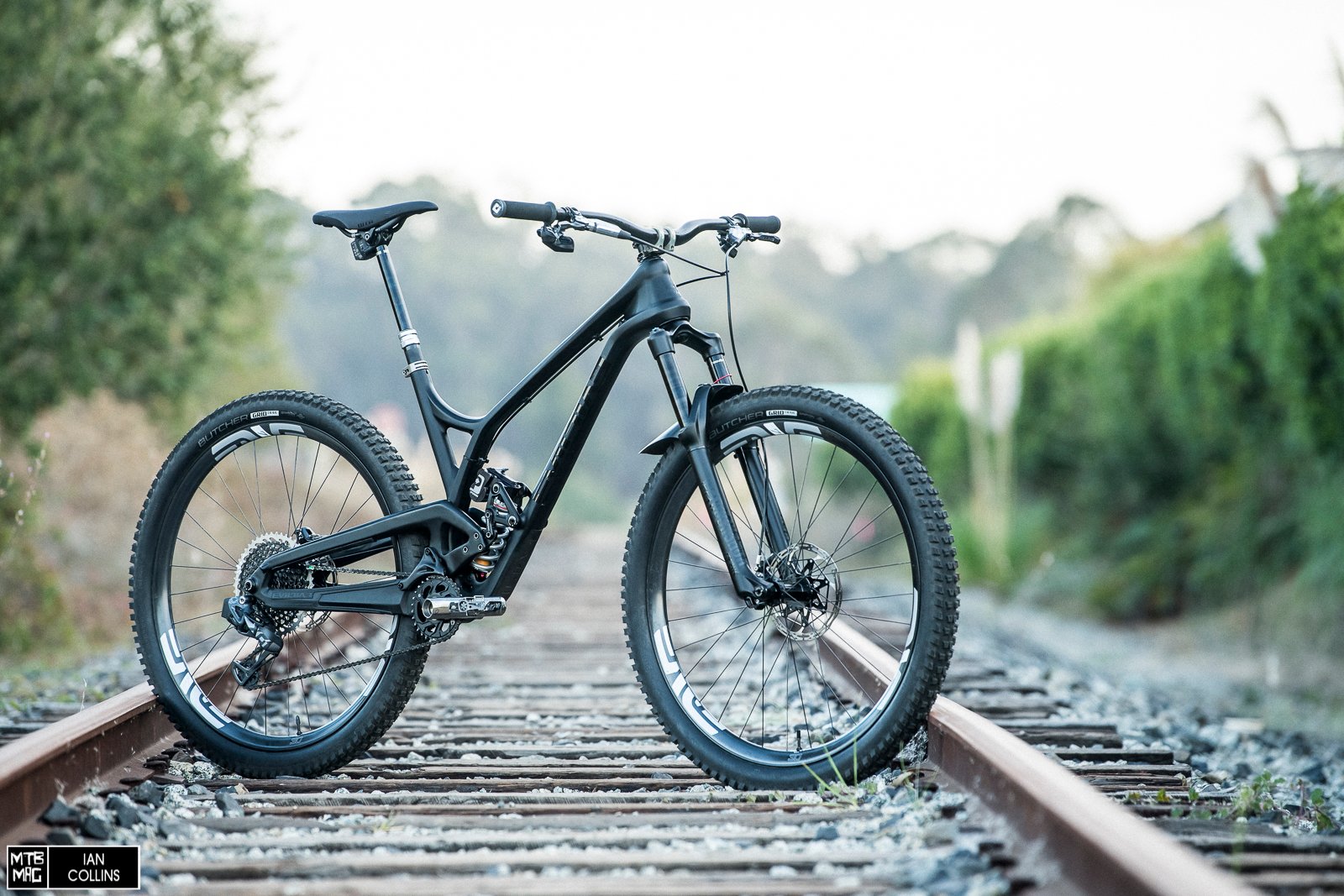
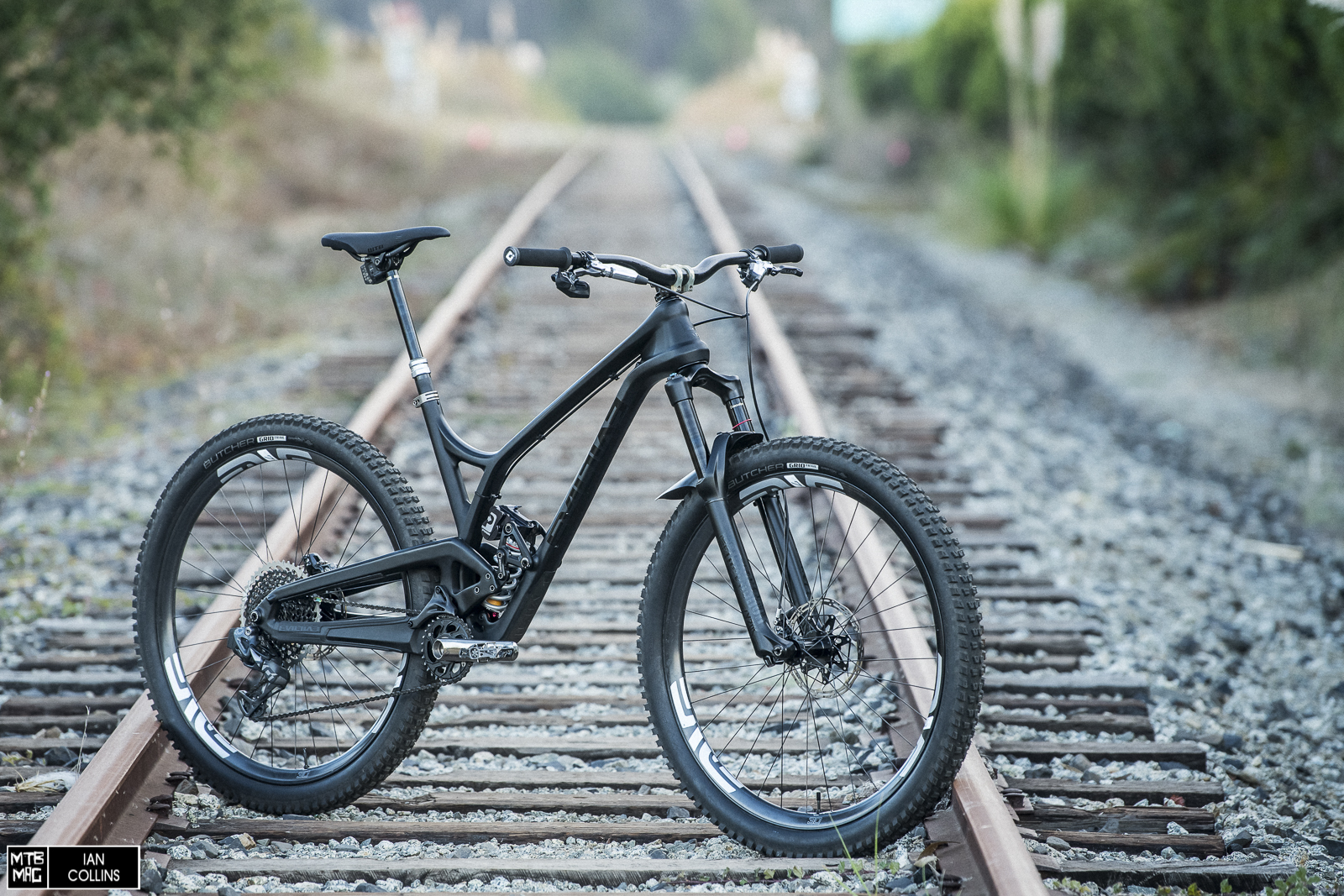
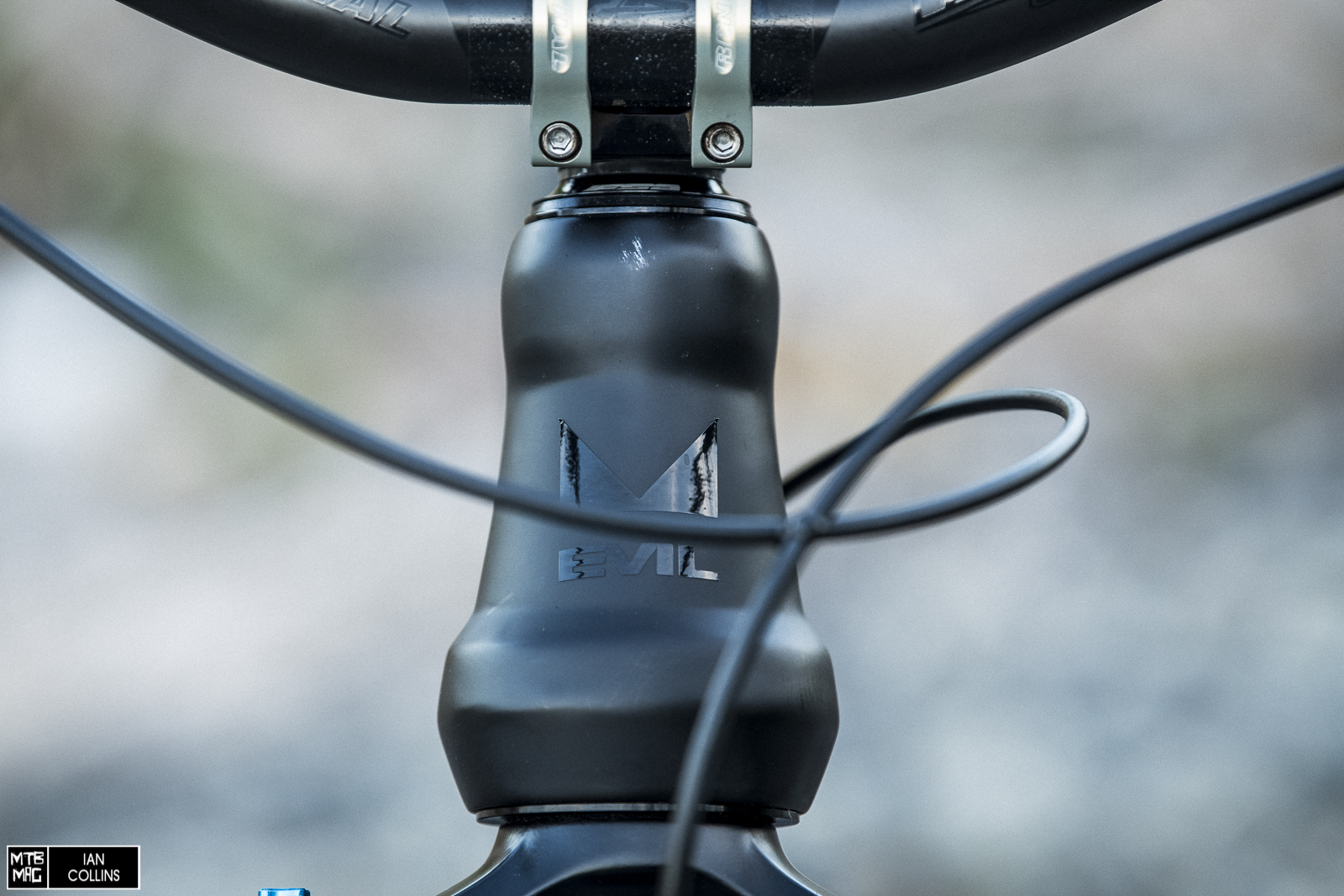

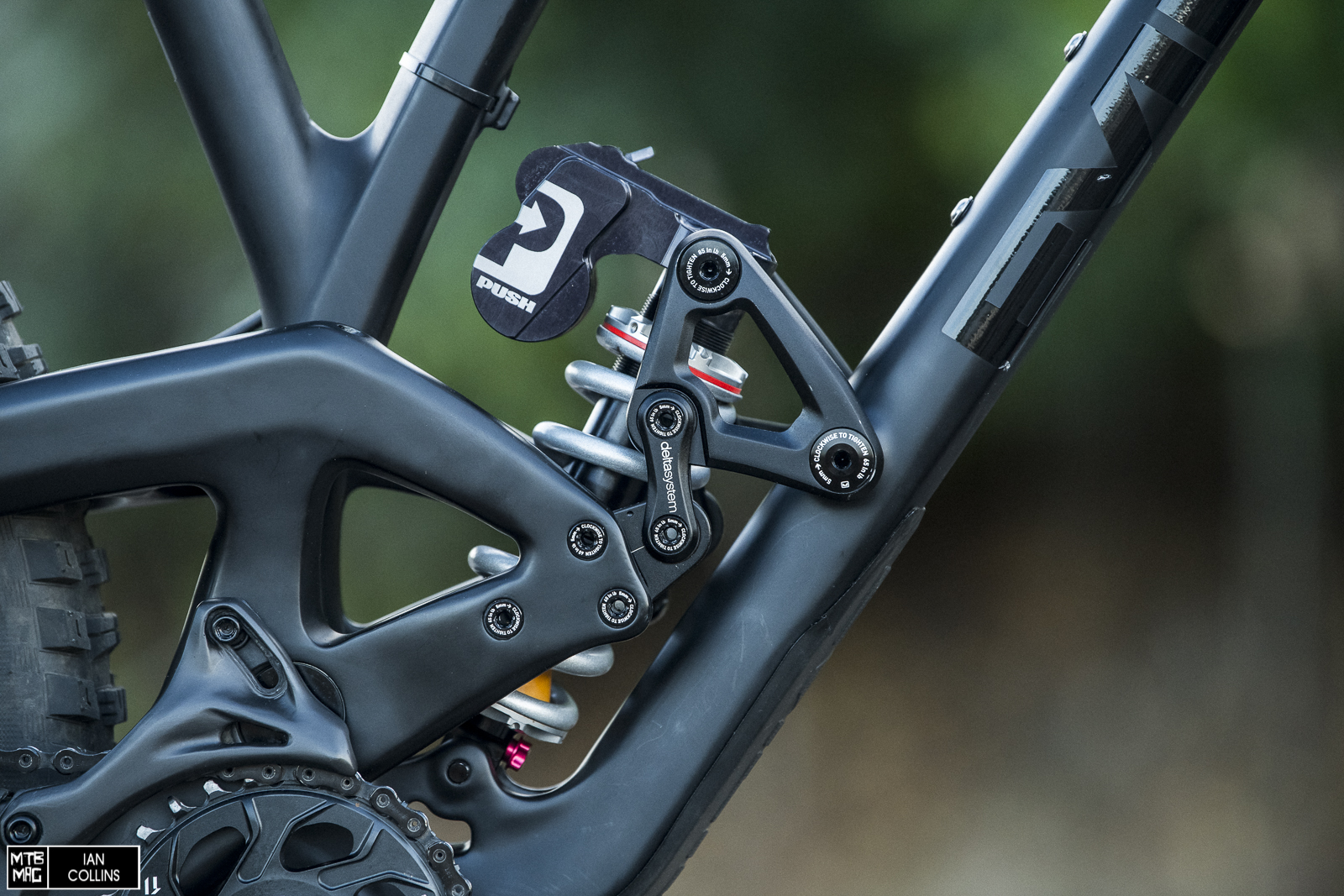

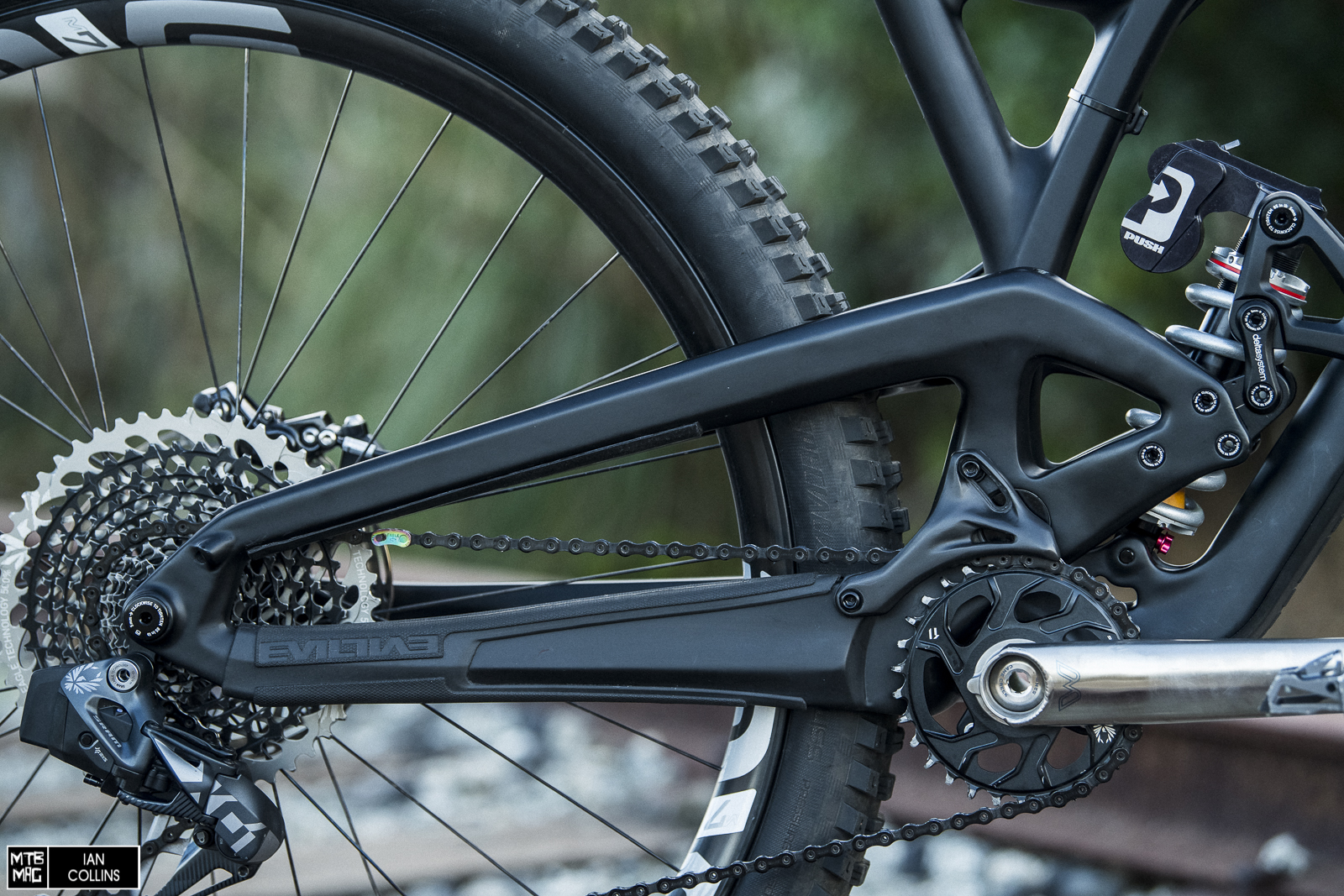


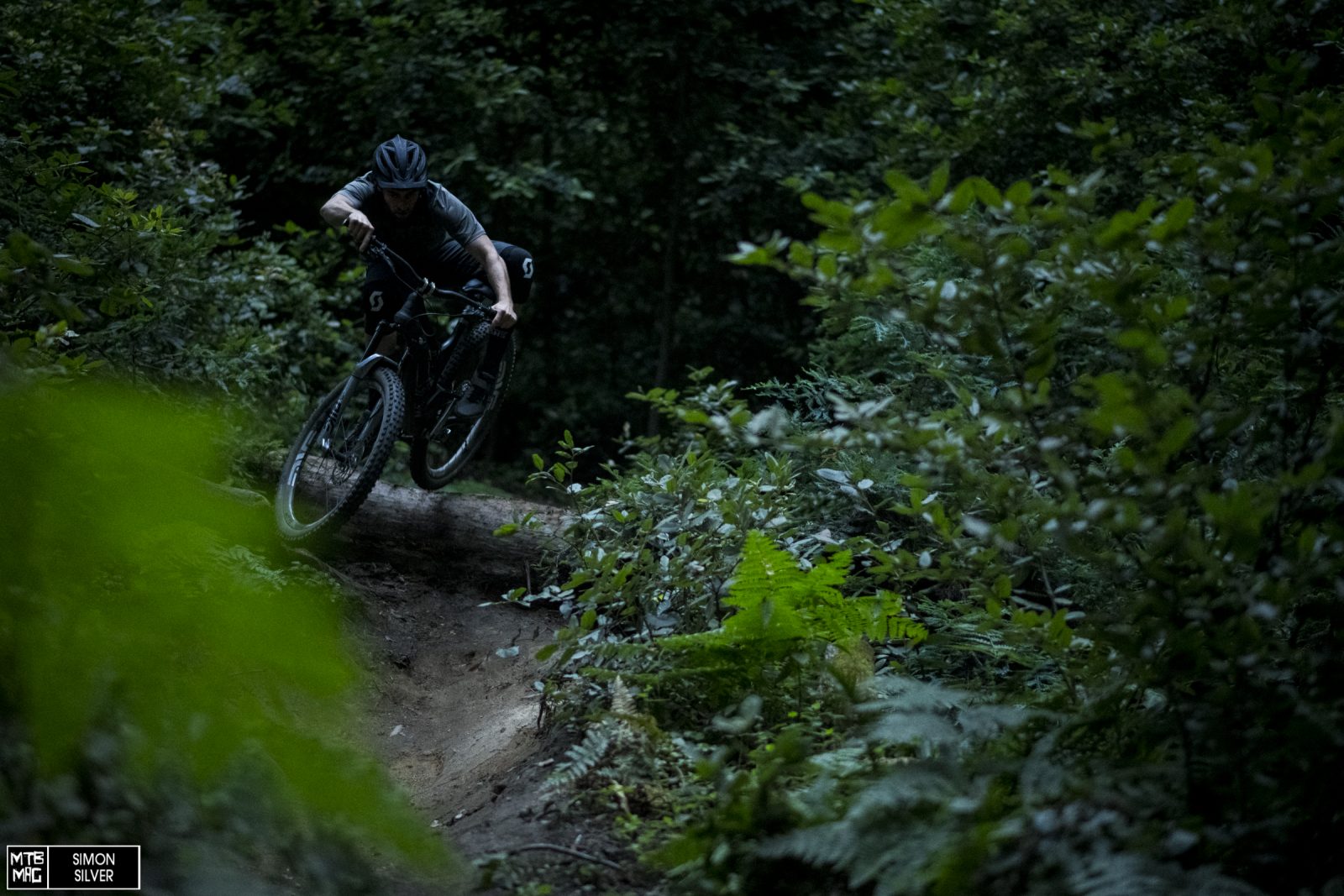
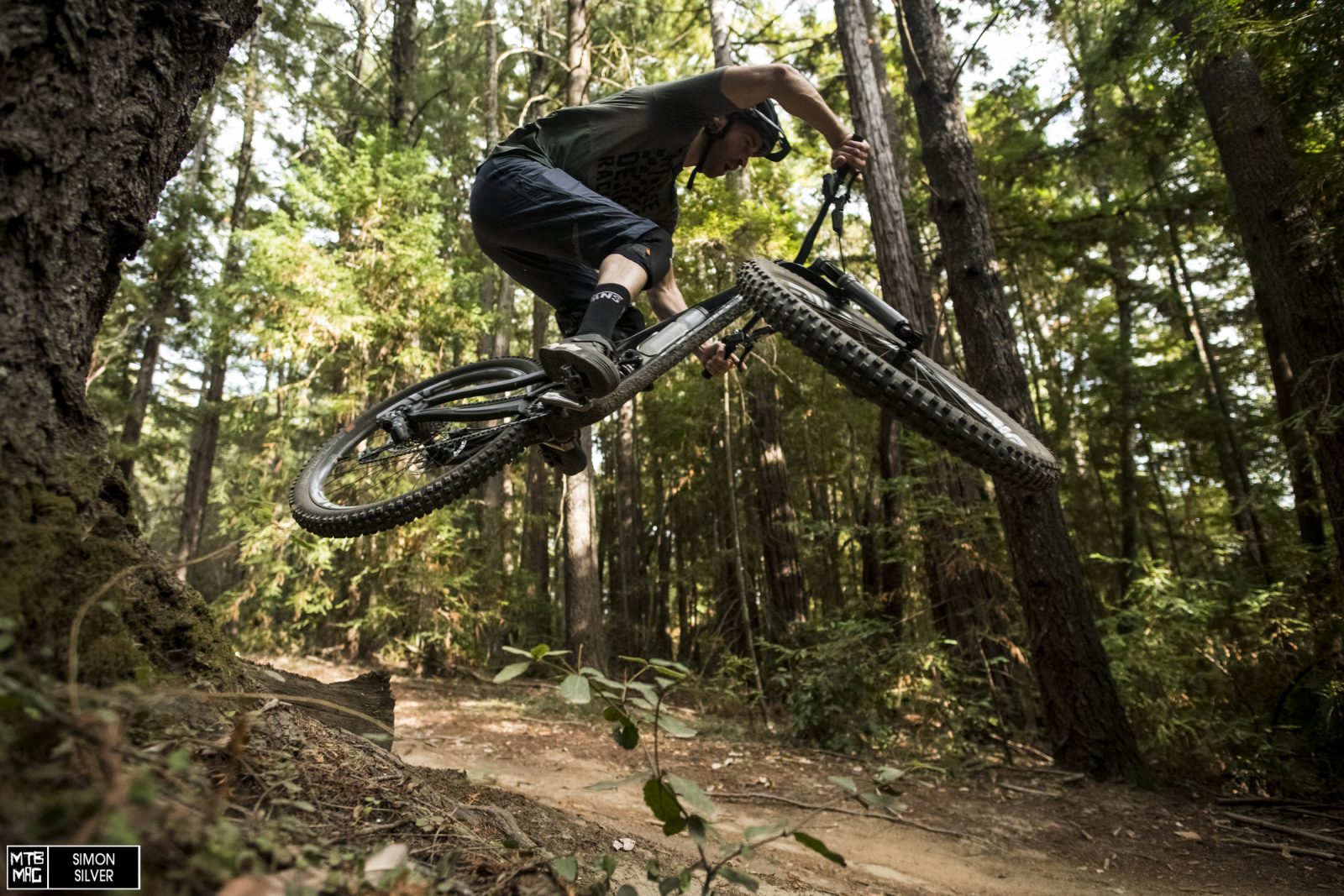

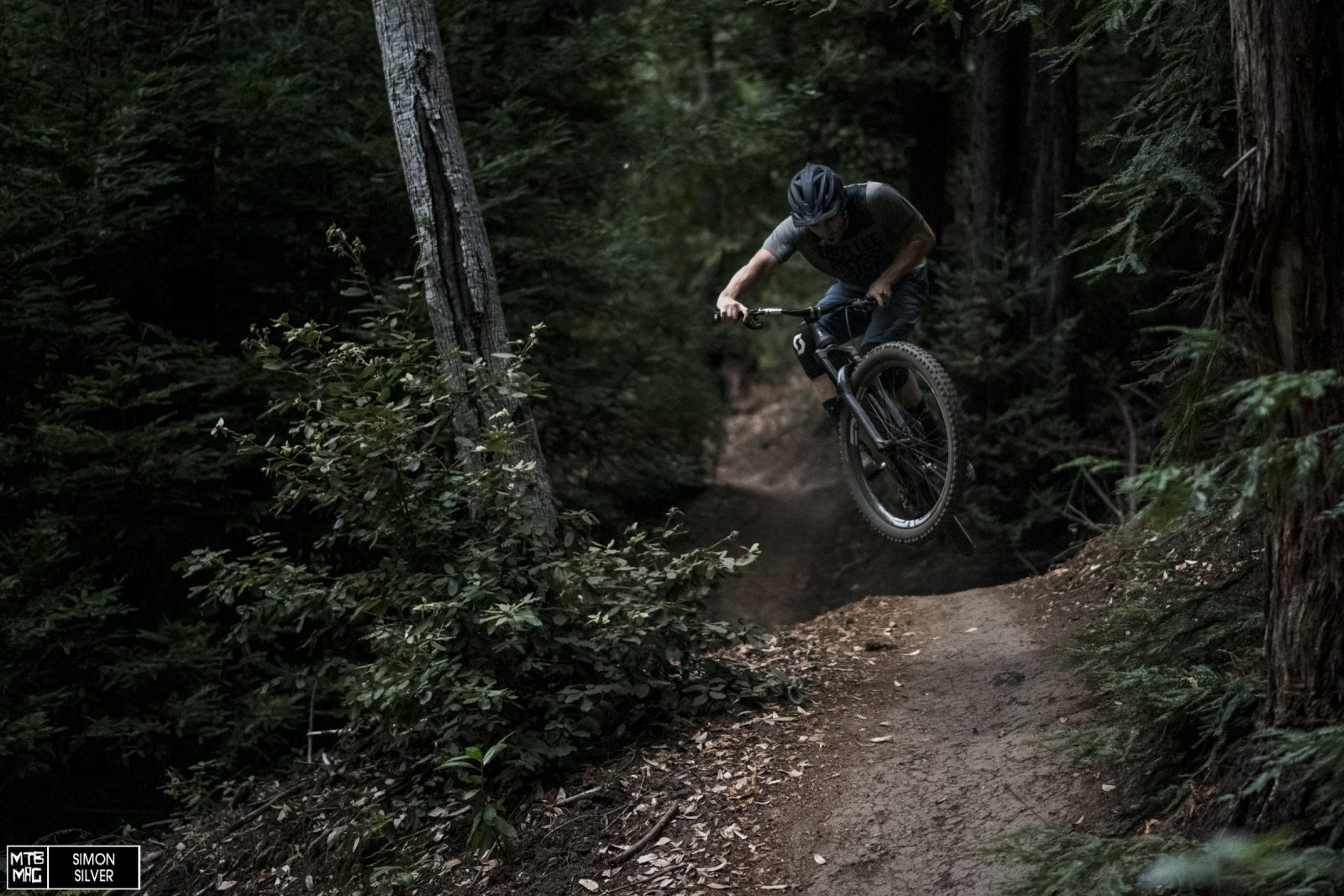
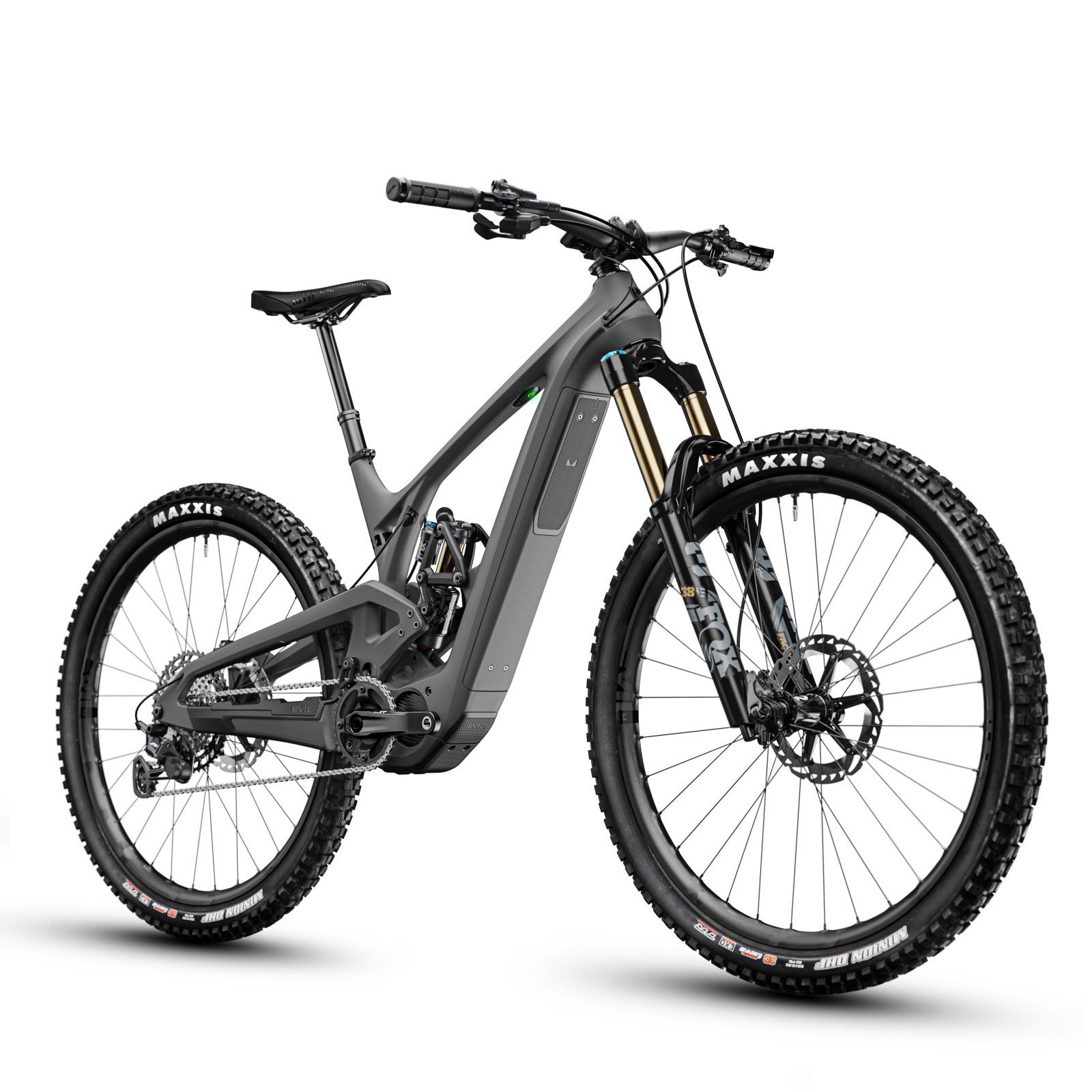
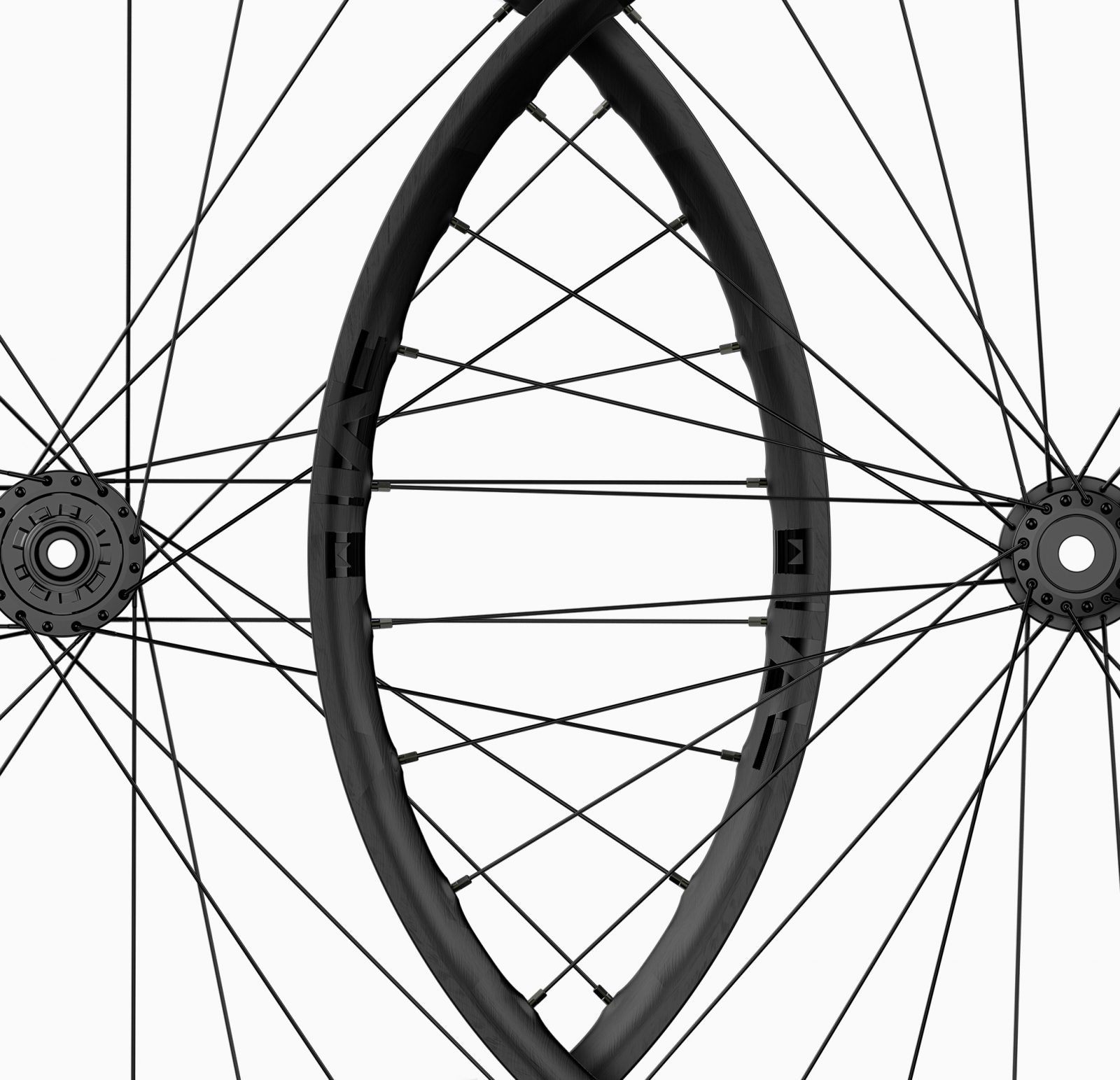
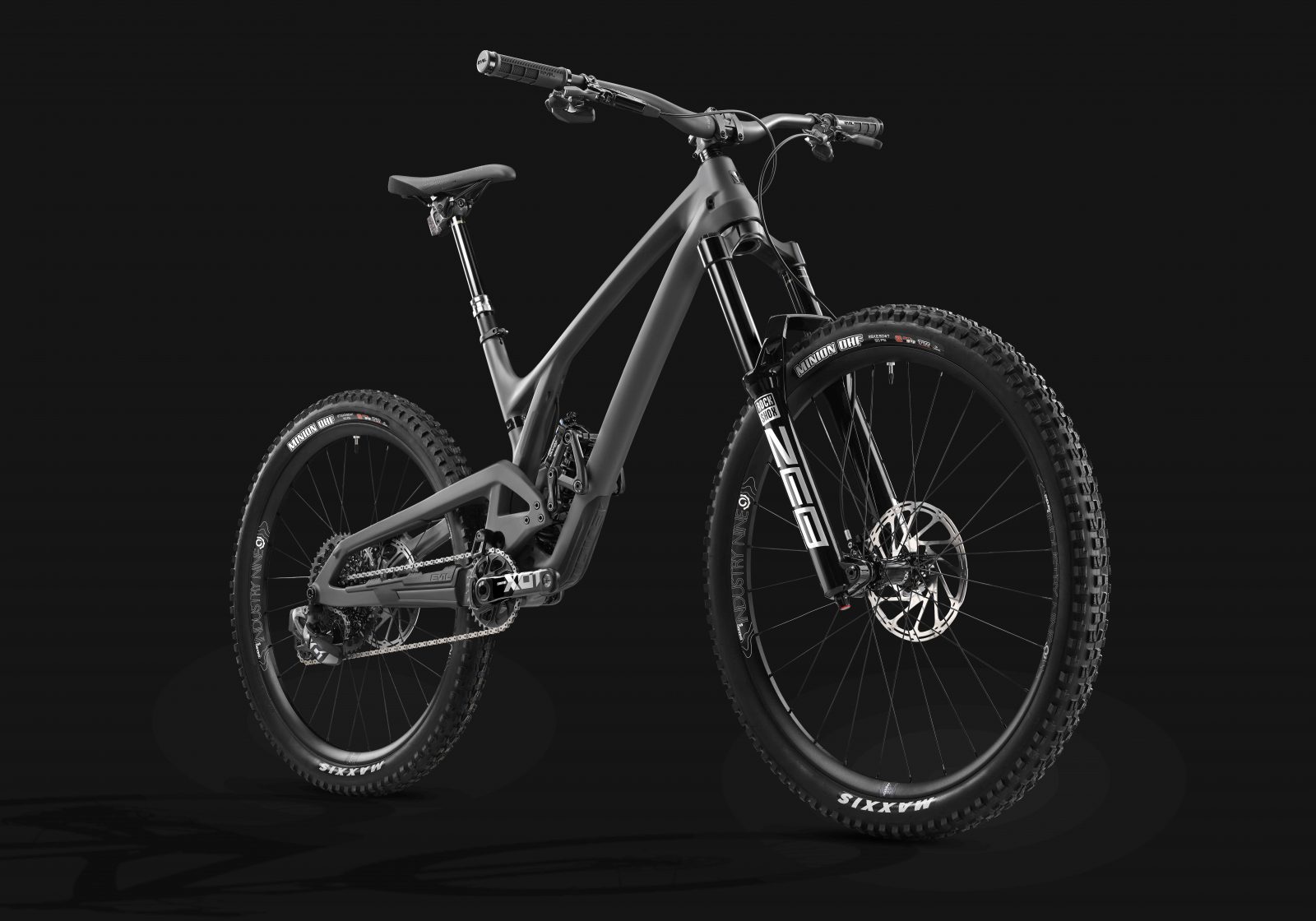
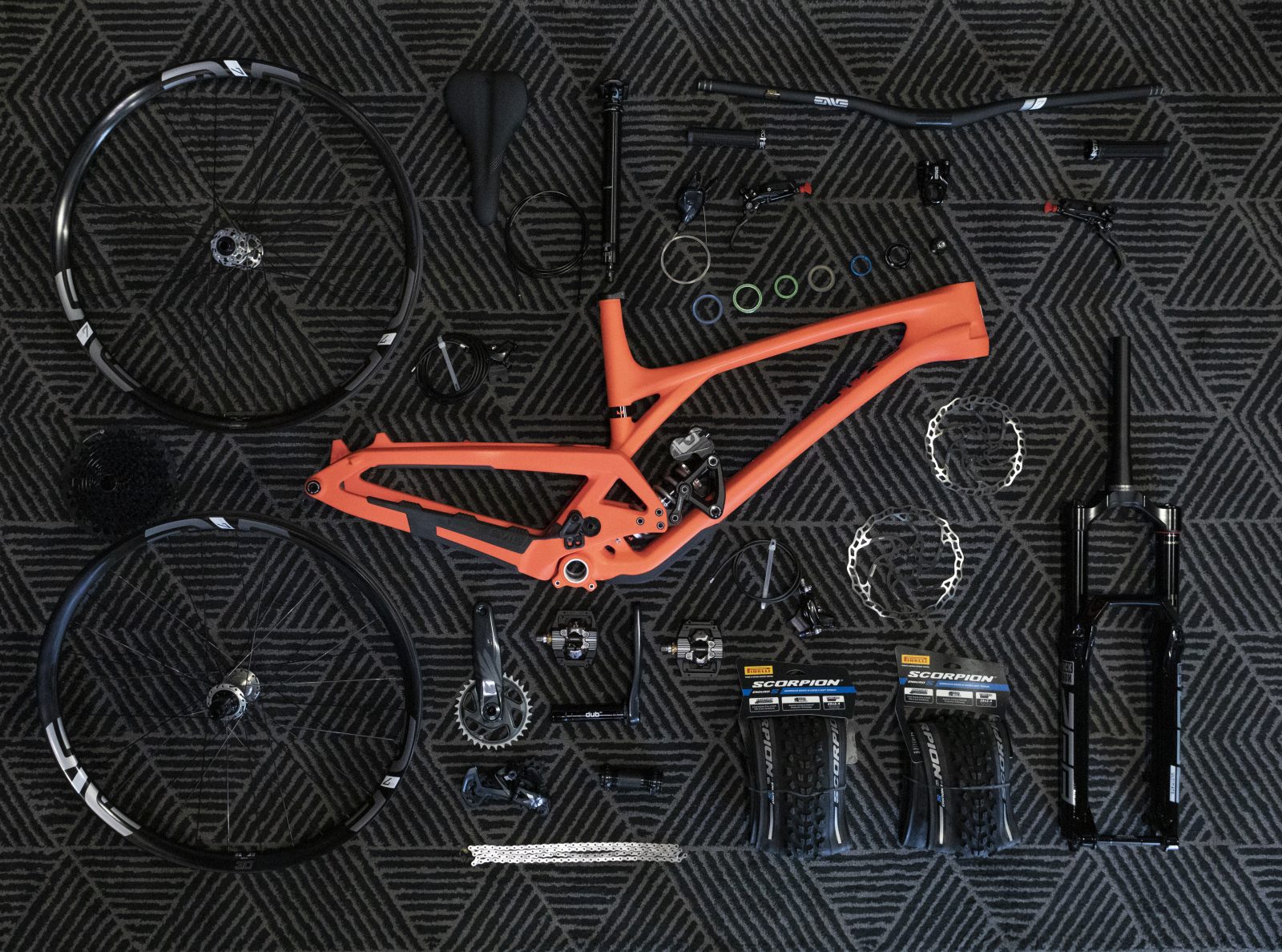
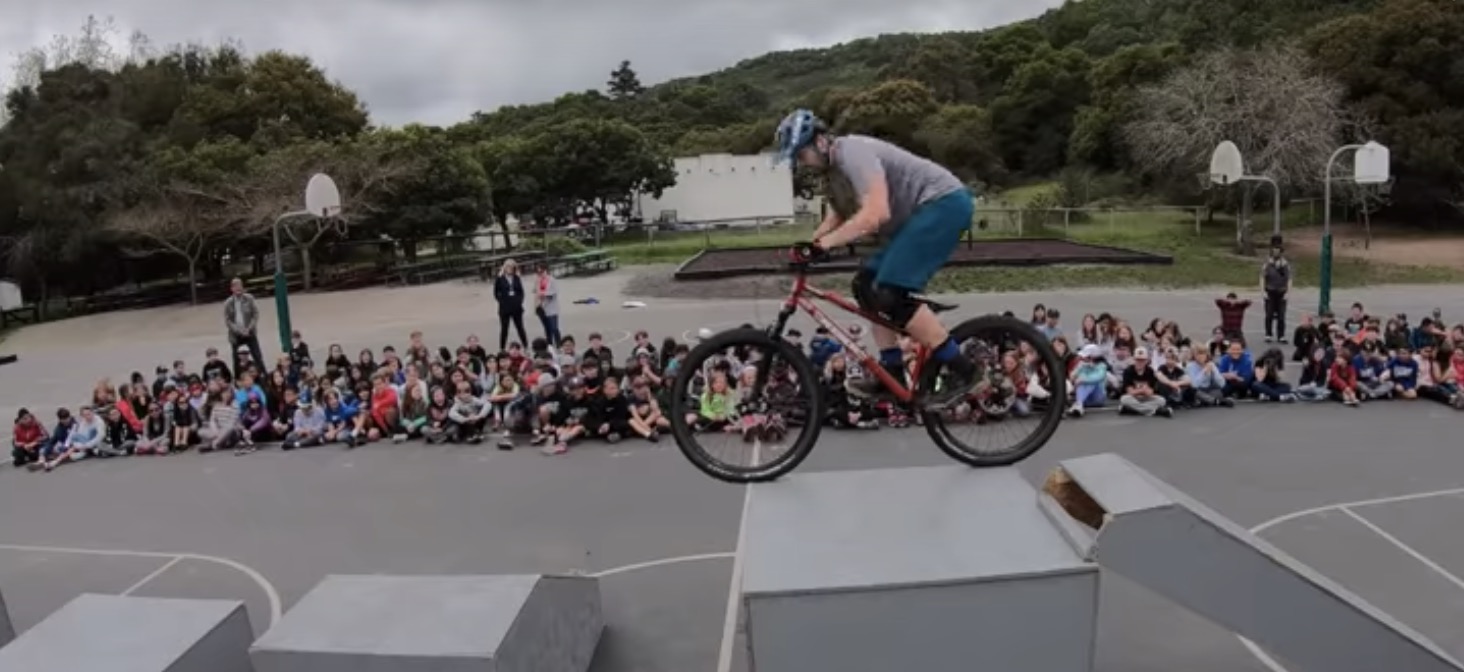






Are you running a 30t or a 32t? I've switched to a 30 and I've got some rubbing when i run with the 10t cog, you?